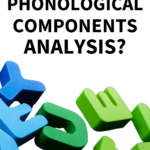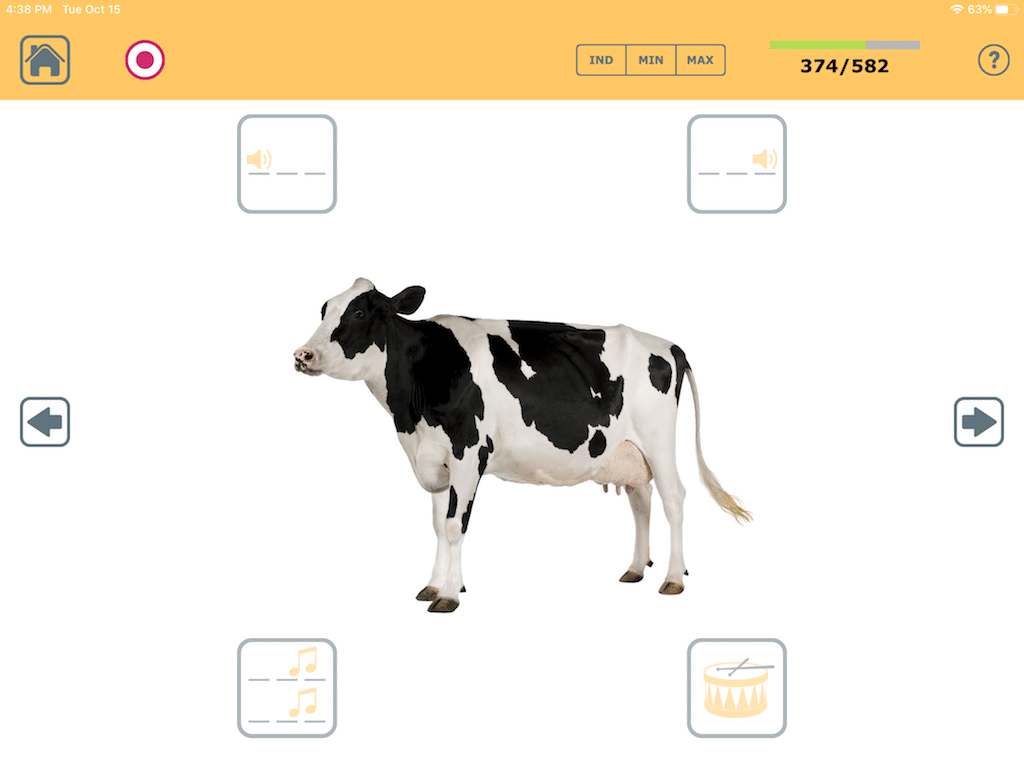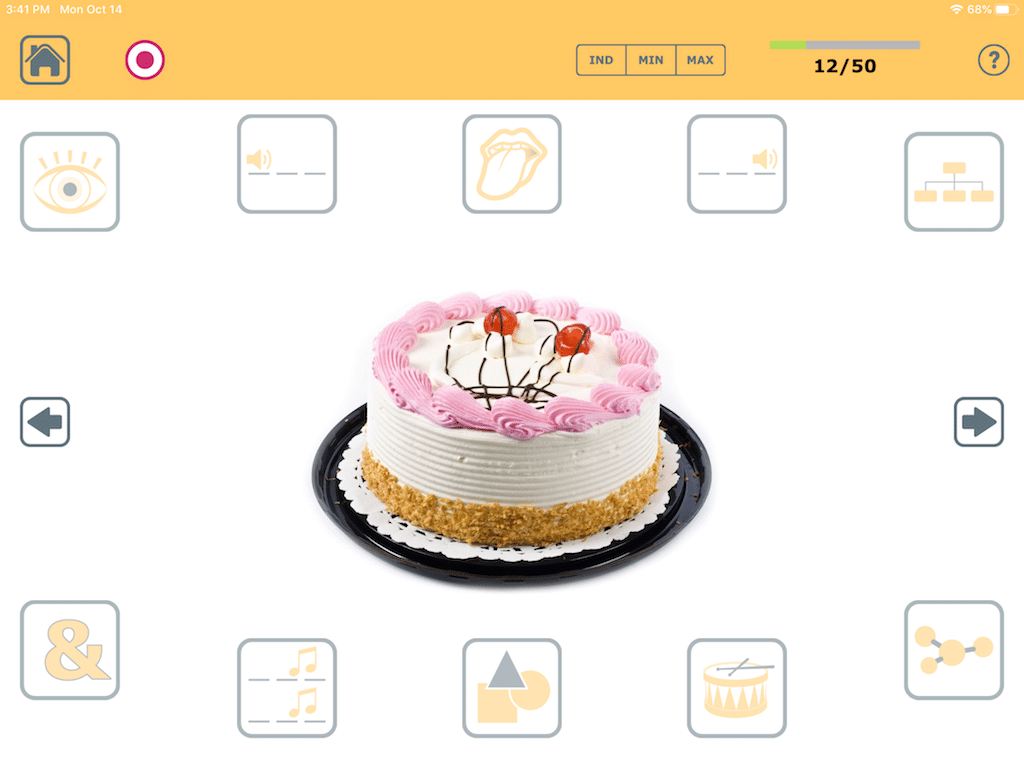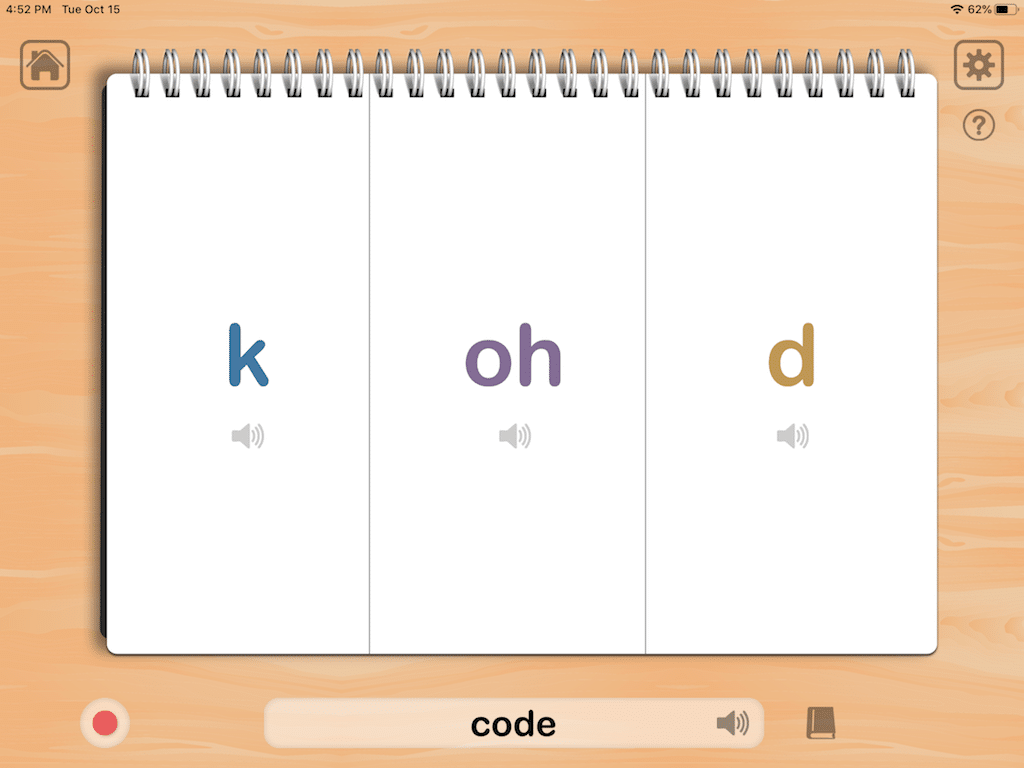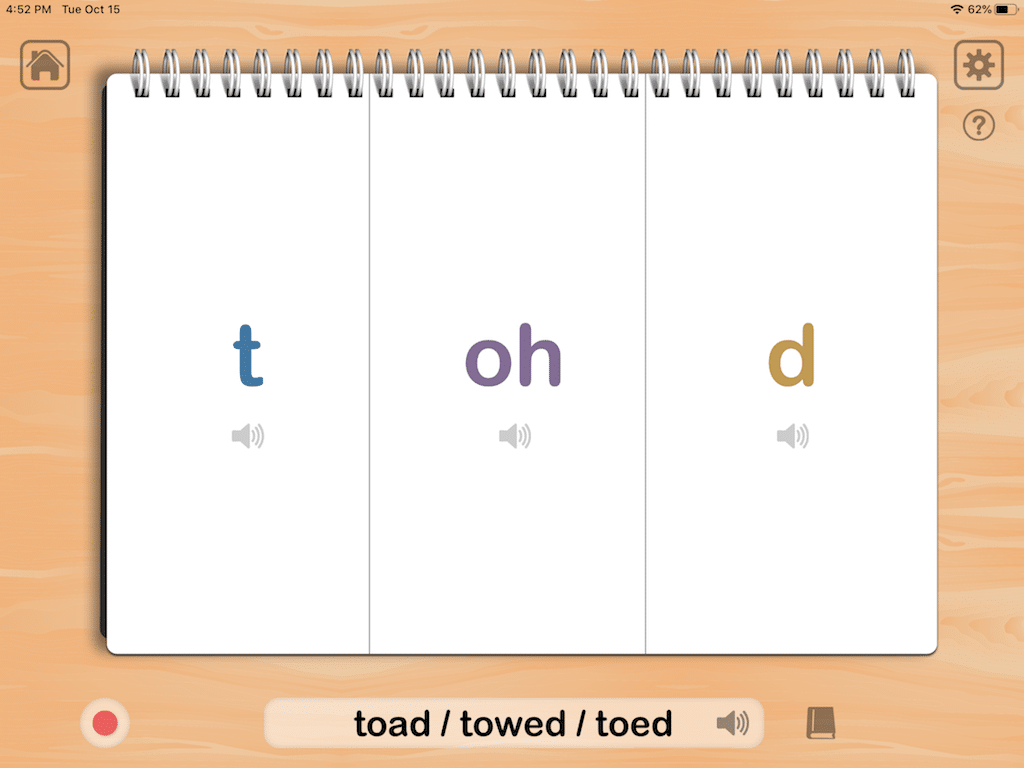How To:
Phonological Components Analysis (PCA) Treatment for Aphasia
4 min read
You see a piece of cake. You wonder what flavor it is, who baked it, and whether anyone will mind if you take it. You know it’s cake and what that means, but you probably don’t give a second thought to the word itself. “Cake.” Which sounds are in it? How many syllables does it have? What does it rhyme with? You don’t think about these phonological components of the word, but you know them when you’re asked. Unless you have aphasia.

The Problem
Saying the word they want is challenging for many people with aphasia. For some, the underlying problem is with the meaning of the word – in the semantic network of the brain. For others, it has more to do with finding the right sounds to say a word aloud, either because the sounds in the phonological system are impaired, or because the connection between semantics and phonology is damaged. All of this can make it difficult to segment a word into sounds, or even to separate sounds from meaning at all.
The Treatment: Phonological Components Analysis
Phonological Components Analysis (PCA) is a word-finding treatment that helps the person with aphasia learn to analyze the sounds in words. It is based on the same principles as Semantic Feature Analysis (SFA), a naming treatment that targets the meaning of words, and uses a similar graphic organizer to ask questions about each word.
Learn more about Semantic Feature Analysis in one of our helpful How To guides.
How To Do Phonological Components Analysis
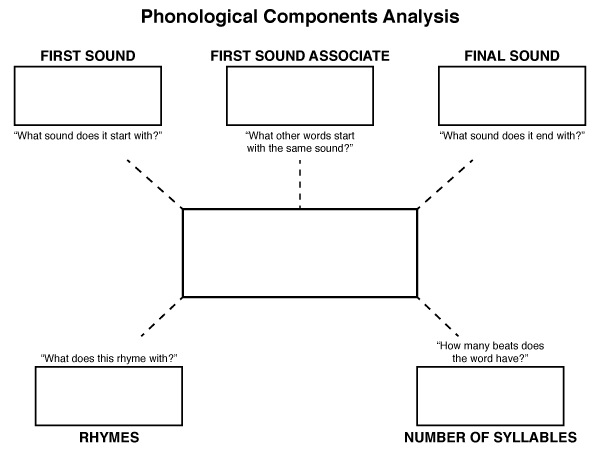
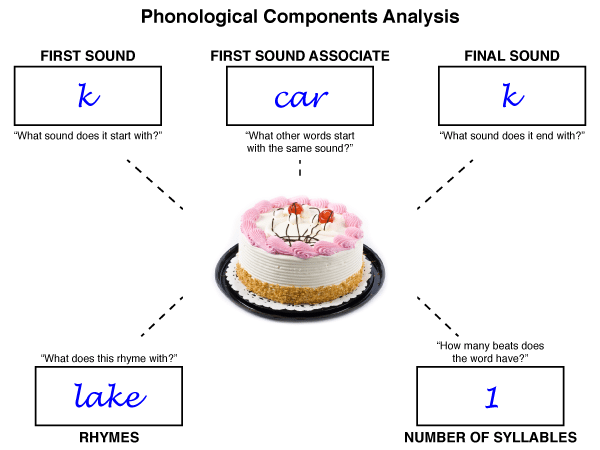
Download a “How To” guide now!
Do you use this method? You can get a free 2-page PDF handout on How To Do Phonological Components Analysis (PCA) now.
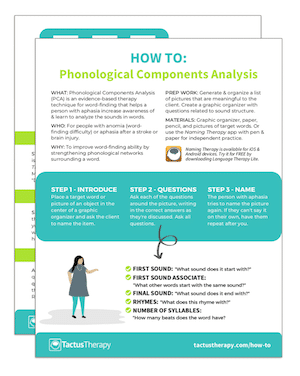
In addition to receiving your free download, you will also be added to our mailing list. You can unsubscribe at any time. Please make sure you read our Privacy Policy and Terms & Conditions.
Phonological Component Analysis Using Apps
Naming Therapy
PCA is included in the Describe activity of the Naming Therapy app (also part of Language Therapy 4-in-1). You’ll see four sound-based cues on each of the nearly 600 photos in the app. You can also add your own photos to practice the words most important to you.
Press each button around the picture and answer the questions about first and final sound, rhyme, and syllables. Touching the picture will speak the word.
Naming Therapy includes both sound-based cues and meaning-based cues. To see only the sound-based questions for PCA, go into the Settings and change Describe Mode Cues to Sounds. This will hide the meaning-based cues used in SFA. Choose Both to combine the therapy approaches.
Naming Therapy originally included only the SFA cues when it was released in 2011. After learning about PCA, we decided to add sound-based cues so that more people could benefit from this evidence-based technique. We talked with the researchers who developed PCA to find out which four questions had the most impact on the treatment to include them in the app.
Speech FlipBook
Another way to practice breaking down the sounds in words is by using Speech FlipBook. This app segments words into their component sounds, so you can see how spelling doesn’t always match the sound. You can press each sound to hear it.
Flip the first sounds to find rhyming words.
Research on Phonological Components Analysis
Leonard, Rochon, and Laird first published the PCA treatment in 2008 with research showing that it works. Seven of ten people who received the treatment in their study benefitted, retaining their improvements and showing some generalization to untrained words.
Further research by Leonard et al. looked at whether providing answer choices was more effective than simply providing the correct answer for the client in Step 3 of the procedure above. The 2015 study was inconclusive, as all five participants improved with the treatment, regardless of the choices. Further research is needed to determine the role choices play in this therapy.
A research study by van Hees et al. in 2013 compared SFA and PCA in the same eight people with aphasia. Seven of the eight people improved significantly on the words trained with PCA, while only four improved on the words trained with SFA. People with milder aphasia showed less of a response to both treatments. The results suggest that people with semantic deficits are most likely to benefit from phonological treatment, and those with phonological problems benefit from both techniques. While the study was small, it stands to reason that using both SFA and PCA can help most people.
